That Fit Friend is supported by its readers. I [Jake Boly] run this site myself and buy the gear I review. If you purchase through my site, I may earn commissions on sales, read more here!
Table of Contents+
I can’t be the only one who’s been super excited about the release of the On Cloud 6. The Cloud 5 is a good shoe, and it’s comfortable, but it has its fair share of shortcomings — long-term durability and fit being two of them.
My main concerns and questions heading into the Cloud 6 revolved around:
- Did On rework the super narrow fit that came along with the 5?
- Did they improve the durability of the shoe at all regarding the CloudTec midsole scuffing and ripping relatively quickly?
The good news is that we got one of these changes; the bad news is, there are still issues with this model that hinder my want to recommend them to everyone for their lofty price point of $150. I swear, it’s like the Cloud X4: two steps forward, one step back.
BUYER TIP: Don’t throw away your Cloud 6 box before getting the extra set of laces out. They can sometimes be buried under the packing paper.

Why Trust Me: I bought my pair of shoes for this review. I was not gifted them. I (Jake) run That Fit Friend by myself, and I’m an independent publisher. On had no influence or say in my review.
Who Should Buy This Shoe?
- You want a shoe for casual wear that’s easy to slip on. This shoe can be great for quick slip-on occasions when you want something simple and easy to wear out and about. Plus, they look good.
- You found the Cloud 5 to fit too snugly. The Cloud 6 has been reworked and made wider with a more spacious upper construction. These should now work comfortably for feet up to a 2E width.
- You live in a warmer climate. This model has a good degree of breathability with its mesh, and they’re super lightweight, which makes them solid for warmer months and in warmer climates.
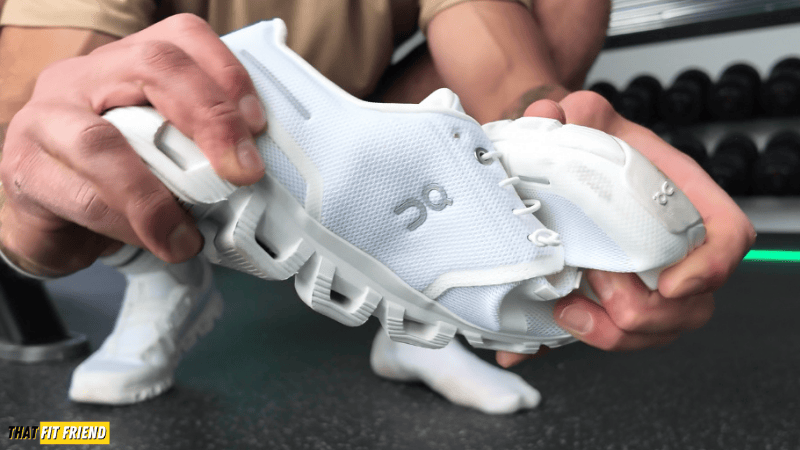
Who Shouldn’t Buy This Shoe?
- You have narrow, low-volume feet. While I enjoy the more spacious upper in the Cloud 6, I can honestly see them being too loose and roomy for narrower feet, especially those with lower volume feet and narrow feels.
- You want a super durable shoe. Let’s call it what it is, but the long-term durability of On Cloud models has always been somewhat of an issue. The CloudTec midsole in my 6 still suffers from the quickish breakdown that plagued my 5.
- You want a daily driver you can also train in. You can do some casual gym stuff in the Cloud 6, but if you want something where you can push your lifting, running, and cross-training a little more, then you’ll want to look into other models.
- What I’d Buy For Training/Daily Wear From On: On Cloud X4
- What I’d Buy for Lifting/CF/Daily Wear: STRIKE MVMNT Haze Trainer
- What I’d Buy for Wide Feet/Daily Wear/Training: Inov8 F-Lite

Sizing and Fit Suggestions
For my reviews, I buy a size 10 in every shoe so I can better compare the contrast between other shoes. I have a normal arch/instep and an E/EE-width foot.
Below is how I’d suggest sizing this shoe for narrow, medium, and wide feet. If you have additional questions about sizing the 6, drop a comment below or hit me on Instagram. I reply to everyone.
Narrow Feet (<D) Sizing
Narrow feet are going to be interesting in the Cloud 6, in my opinion. If you have a higher instep, then you’ll probably be safe going true to size. For low-volume/instep feet, you may want to actually size down a half-size, believe it or not.
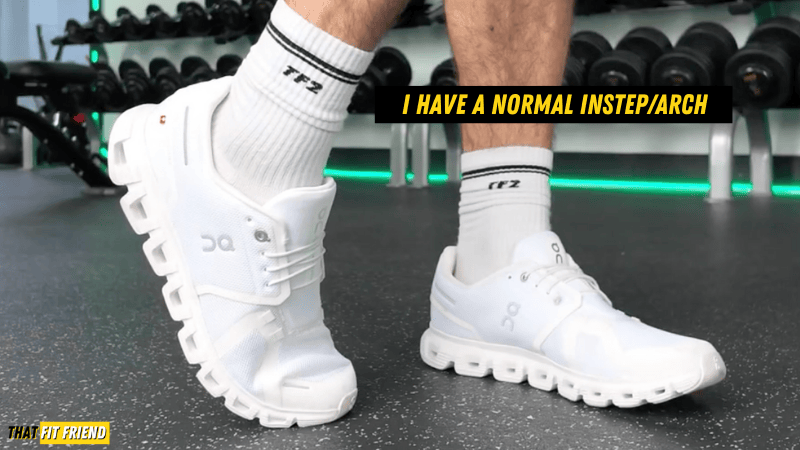
I think the reworked boot and upper will have you somewhat swimming in this model, especially if you want to use only the speed lacing system.
Medium Width (D) Feet Sizing
For medium-width feet, you should be safe going true to size in this model. They’ll likely feel a little spacious for your feet, but I don’t think most will need to size down. You can also tighten the speed laces or swap them out for the regular laces.
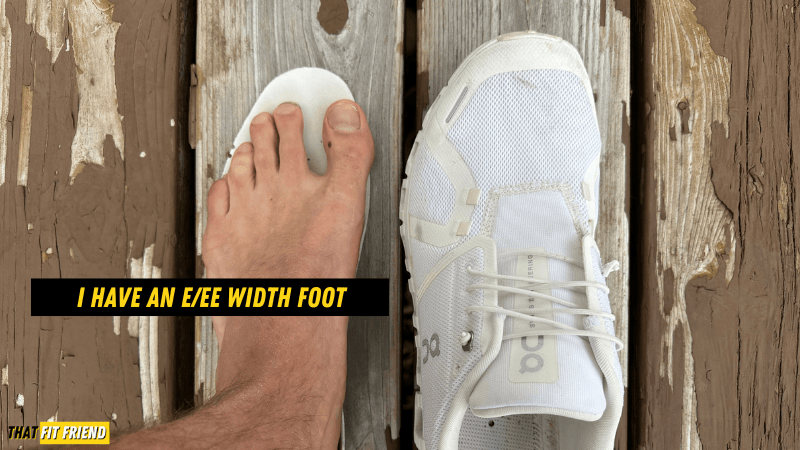
Wide Feet (E+) Sizing
In my opinion, E and EE feet will feel right at home in the Cloud 6, and sizing up a half-size can be a safe call for most. The wider platform definitely feels like it has a bias towards D-EE width feet. The increased upper volume also feeds into this foot anatomy.
For context, I find that these can always feel a smidge too loose on me with the stock speed lacing setup, and again, I’m an E/EE.
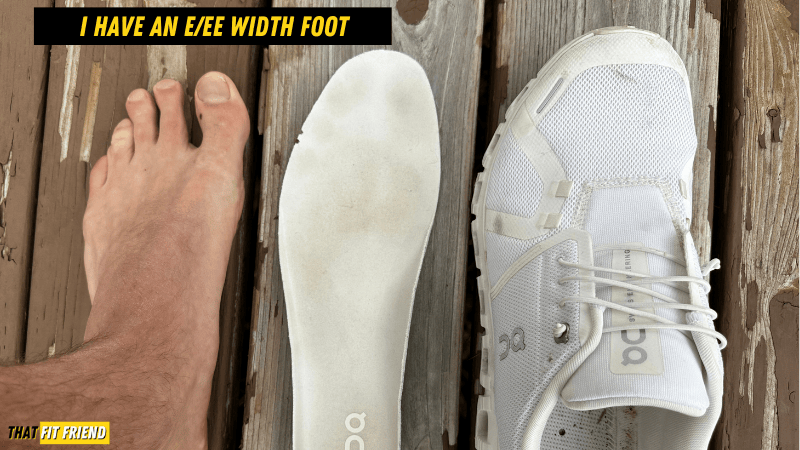
For 3E+ feet, I’d size up and tread lightly if you buy online. Buy with the thought that you may have to return them due to their forefoot width. If you can, I’d highly recommend getting into a store to try them on if you fall into that foot width.
- Flat Feet Notes: This model has an arch and you’ll feel it. If you’re someone who can’t stand arch in their shoes or you’ve previously found On shoes to feel uncomfortable, then you’ll likely want to pass on the 6.
Performance Assessment
For my Cloud 6 testing, I pushed this shoe a bit in the gym to find its thresholds and used them for all-day wear and walking. The latter is how I assess this shoe’s long-term comfort and durability.
Cloud 6 Gym Performance
If you’re going to lift in your Cloud 6 (I wouldn’t recommend it, personally), then you’ll want to be conscious about how heavy you’re going. In my pair, I started to notice midsole compression once I started to pass 185 lbs with my deadlifts, RDLs, and squats. You’ll notice it more in movements like squats, too, because the toe spring is going to pitch you forward.
This was similar on machines leg press once I passed a few plates on hack squat and leg press. From my personal training point of view, I wouldn’t push super heavy in these. The soft midsole will be a problem for both balance and loading and training muscles efficiently.
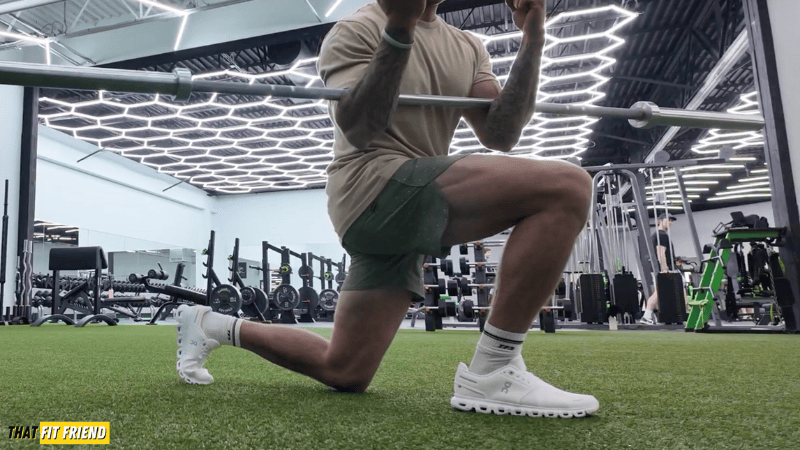
Now that said, and not to completely write these off, for hotel workouts and light sessions, these can work fine. For example, if you’re doing things like lunges with 30 lbs dumbbells or goblet squats with anything under 100 lbs you’ll be okay.
In the context of cross-training, these will fall short as your training gets more intense. For example, if you’re doing a lot of explosive movements like skater strides, broad jumps, or other more advanced plyometrics, then you’ll want to pass on these. The lack of upper security and midsole responsiveness — in the context of energy return versus softness — will be problematic.
When doing lateral jumps, for example, you kind of sink into the midsole versus it giving you energy back when jumping. These would not be a shoe I recommend a full-time cross-training shoe, especially for HIIT-focused workouts.
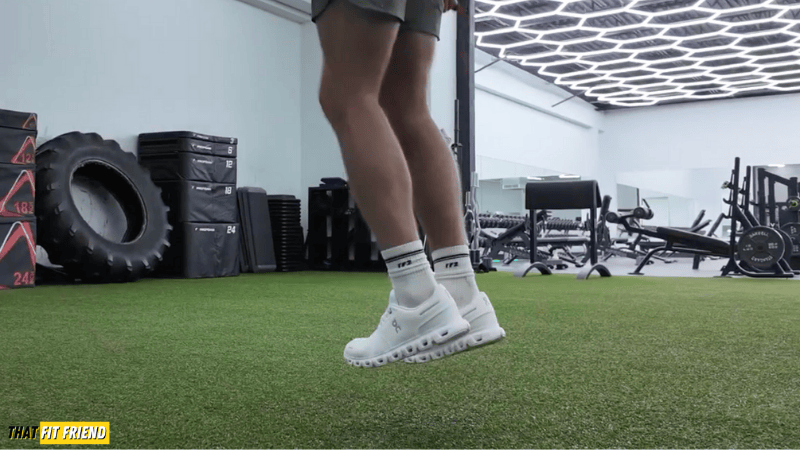
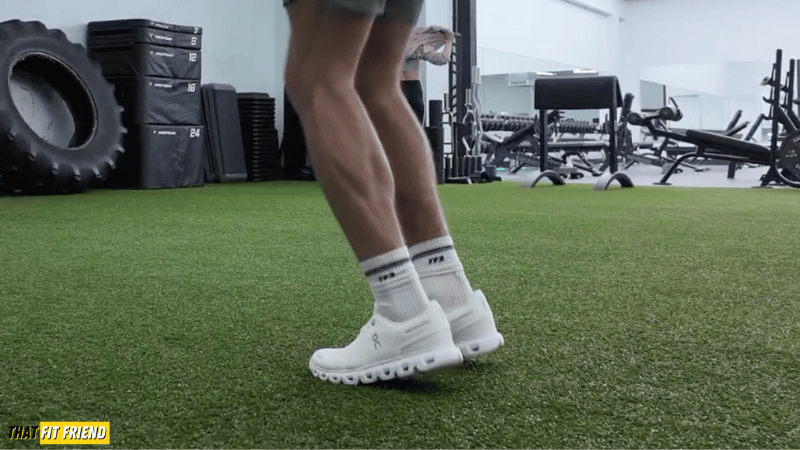
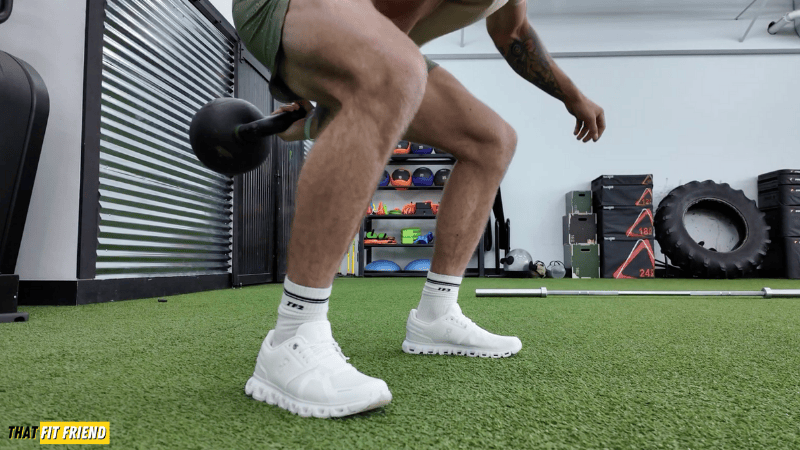
Similar to lifting, this shoe can be “okay” for cross-training workouts, though. I tested this shoe with a lot low-tier jumps and full body movements and they got the job done. For example, for jump rope and pogos, the midsole did an okay job and was passable enough to be comfortable for these exercises.
Again, I call these “hotel workout” shoes. They’ll work in a pinch if you only want one shoe for traveling and for casual stuff, but as you get more dialed for cross-training, lifting, cardio, etc., they’ll start to be a miss. Keep that in mind if you’re going to train in these.
Walking and Standing Comfort
For walking and standing, I like the On Cloud 6. They’re comfortable and they give you a smooth ride for longer walks with their Speedboard and CloudTec midsole. I find that the transition between steps is easy in these, in that they have a good natural rock to them without feeling like too much.
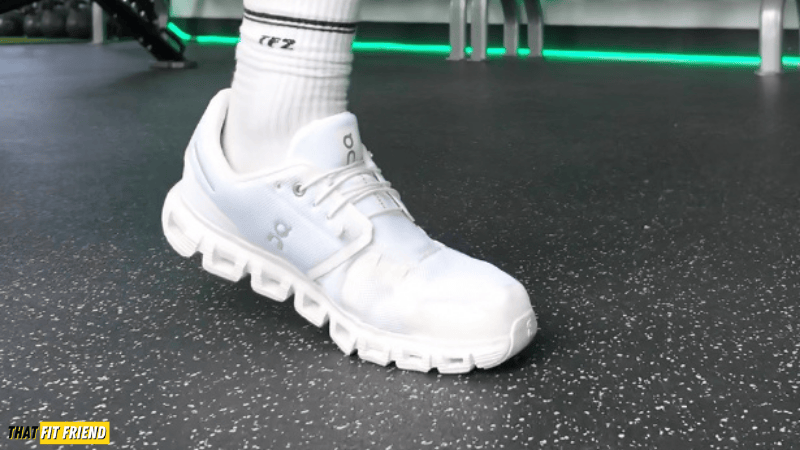
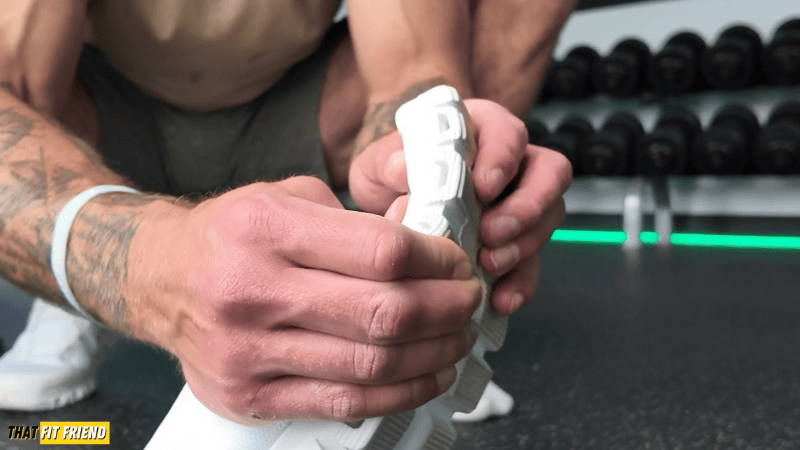
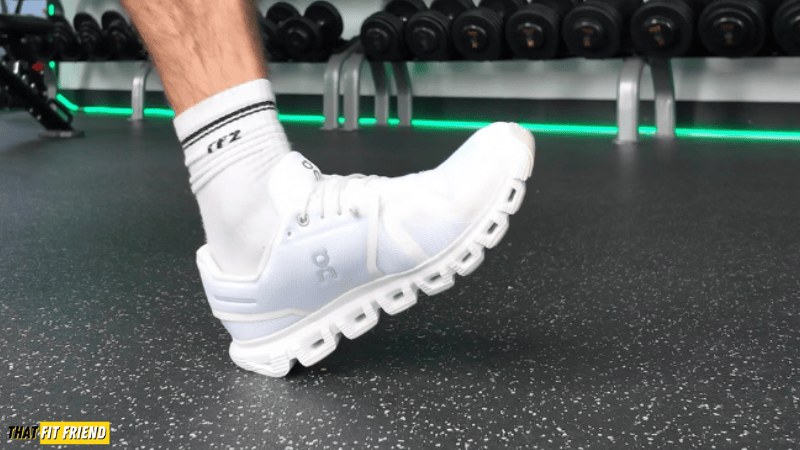
In my mind, it’s an “easy” shoe to wear for these contexts. If you’ve worn the On Cloud 5, I feel like you’ll find the 6 to be pretty similar in terms of comfort. If anything, I noted that the forefoot may have a little less compression, but I actually like this because I also enjoy barefoot shoes and lower heel-to-toe drop shoes. It gives this shoe a bit more of a “natural” feel on the feet.
I do see the potential of this to cause some backlash for those who want the plushest shoe possible, and if that’s you, then you may want to explore the On CloudTilt. They have a lot more midsole stack height to give you a softer ride with a bit more rock. The Cloud 6 will be denser, comparatively speaking.
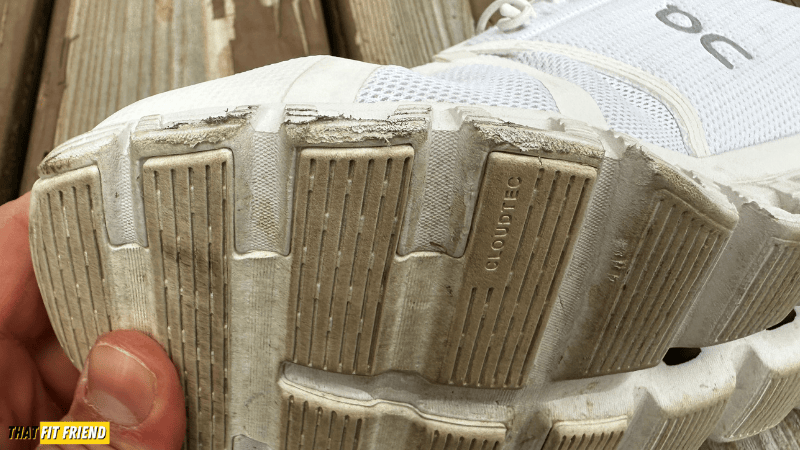
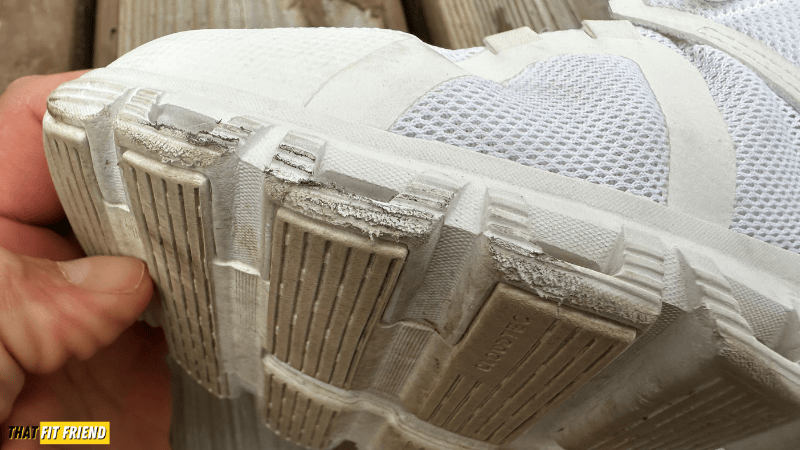
Speaking durability with Cloud 6, a concern I have is with my shoe’s midsole health, and this was the exact same issue I have with my 5. Because it’s a softer midsole foam that sits closer to the ground, you run the risk of scuffing these shoes pretty easily, which can fray the midsole.
I accidentally scuffed my pair while walking my dog, and you can see the midsole is already showing signs of wear. I had to pull off little pieces of foam because it looked awkward and was fraying. This is NOT great for a $150 shoe and it was my same complaint with the 5. I wish On would add a little more rubber on the outsole, especially on the edges, to prevent this.
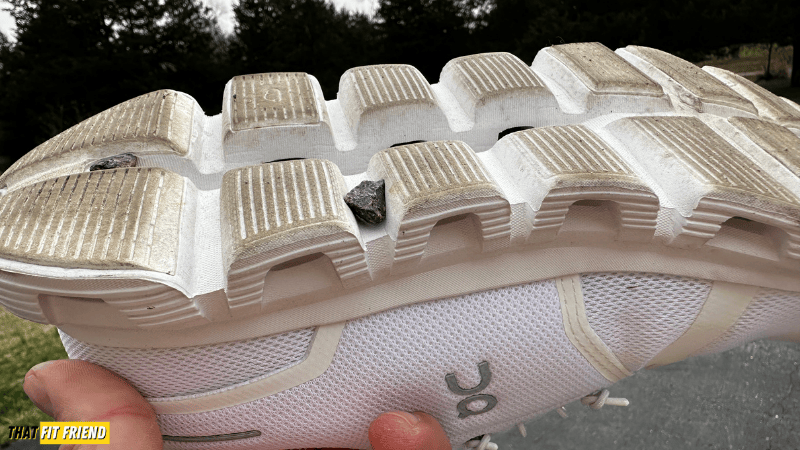
The speed laces are nice for convenience and they’ve done a good job maintaining their security thus far. I think I’m safely north of 80-100 miles at this point and they’re still holding strong. For narrow and low-volume feet, you may need to swap them out for traditional laces from the jump, though.
On Cloud 5 vs On Cloud 6
From a top-level, it’s tough to see any major updates on the Cloud 6 compared to the 5. The updates become a lot more apparent as you put each shoe on and wear them for multiple days.
Whether the updates are positive or negative will depend on two key factors: 1) your foot anatomy and 2) your wear case and comfort preference.
- More spacious upper. Positive change, for the most part. I do think the more inclusive fit will be a good thing for getting more feet into the Cloud 6. However, that comes at the cost of narrow feet losing out. Stock on the 5s while you can, my narrow-foot friends!
- Reworked heel. Neutral change. The heel is a little more spacious and rigid, which I think is good for not compressing it when putting them on, but that can create some rub and grip pants at times (super rare, IMO), depending on your Achilles anatomy. The 5’s heel hugged a bit more and felt more secure.
- Reworked midsole. Positive change, for the most part. The midsole’s grooves in the forefoot aren’t as deep as the 5’s, which is great for not picking up as many rocks in the forefoot. It will run a smidge more dense, though, which could be something to consider for those who want the plushest ride possible.
- Wider Platform. Positive change. The wider base is nice for giving this shoe a more comfortable fit, especially for standing all day. Its arch feels a lot less aggressive and I think this width increase will also decrease the forefoot upper stress that could be an issue with the 5.
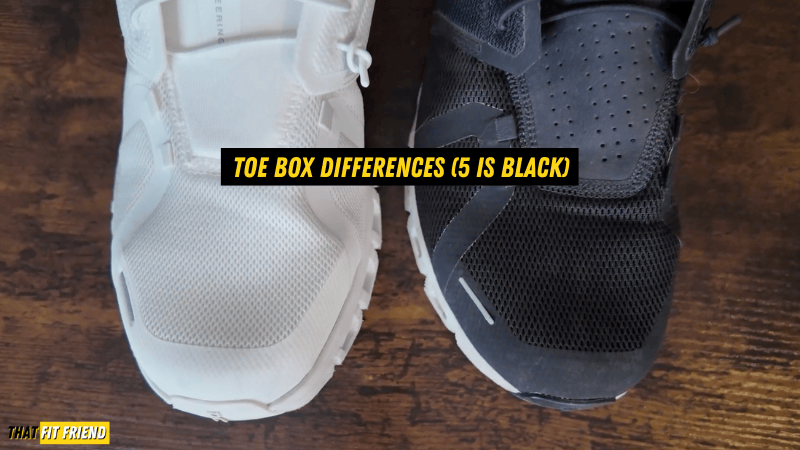
You can buy both and price isn’t a factor, which should you go with?
If you have narrow feet, I’d stock up on the 5 while you can. Medium-width feet shoppers who also want to save money, the 5 can also be a strong bet.
For everyone else, I’d go with the 6. Their wider fit is a nice change and I think they’re still plenty comfortable despite getting the forefoot midsole rework. The upper on the 6 seems like it should last longer, too, but time will tell and I’ll update this if anything changes.
Construction Details
Midsole
The midsole is still comprised of the lightweight CloudTec foam. It compresses a bit easier in the forefoot versus the midfoot and heel. The divots in the forefoot have also been made shallower in this shoe.
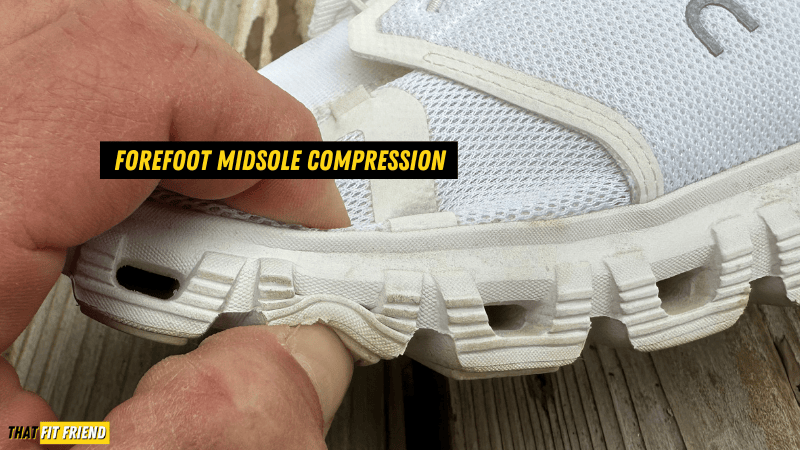
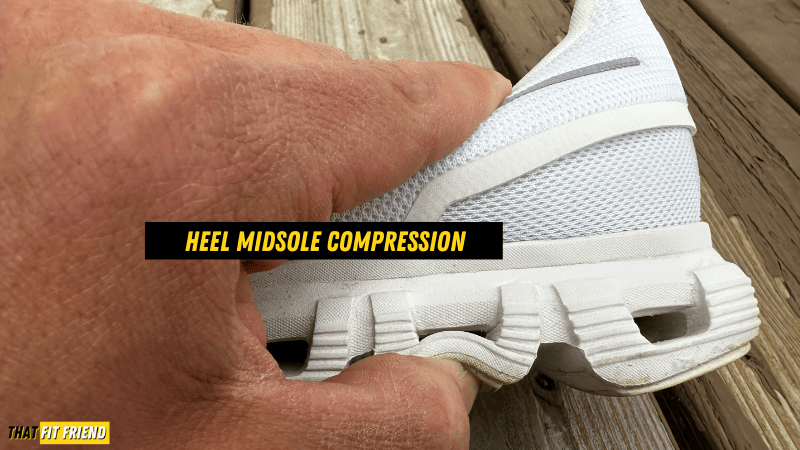
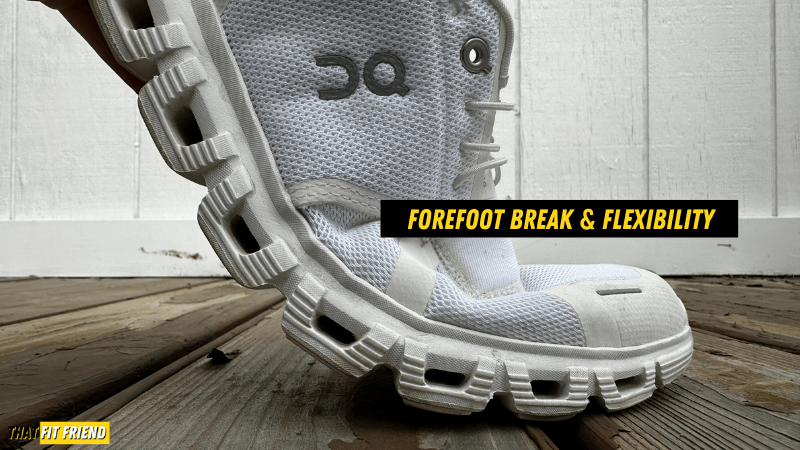
Internally, you have the TPU Speedboard, which from my understanding which I cut my Cloud X4 in half, is On’s version of a shank to provide this shoe with a bit more stability and rigidity through the midfoot.
Outsole
The outsole features a light rubber tread over the forefoot CloudTec bits and the heel. The midfoot has exposed foam. This can be hit or miss when it comes to long-term durability on asphalt and concrete.
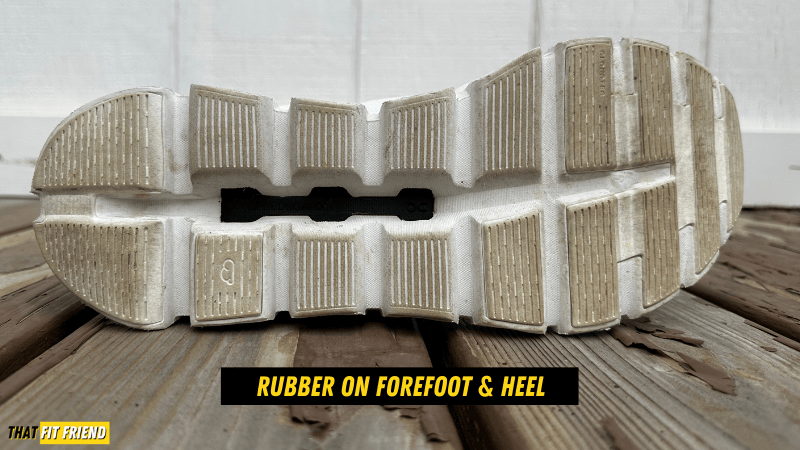
I get the light rubber use from a weight-saving context, but it does hinder this shoe’s longevity, in my opinion. The midfoot divot can still pick up rocks pretty regularly, along with the heel’s midsole and outsole breaks.
Upper and Lacing
The upper is primarily built with a lightweight mesh. This has remained pretty much unchanged from the On Cloud 5. I do think the forefoot mesh should last longer because of the forefoot volume increase, but time will tell and we need more data points before drawing that conclusion.
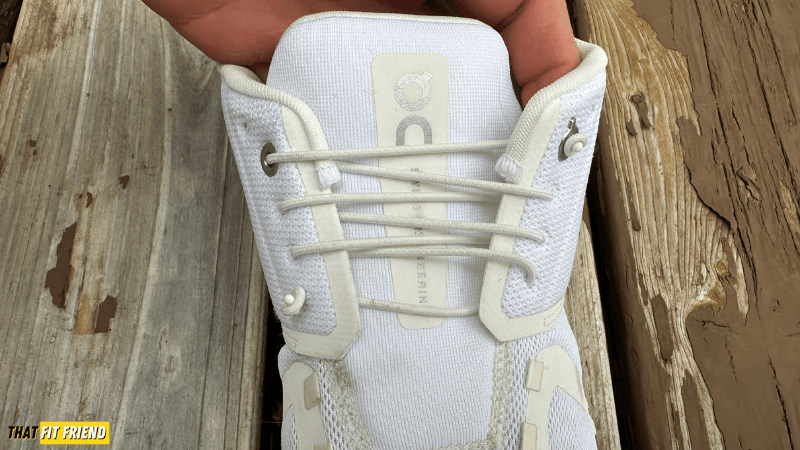
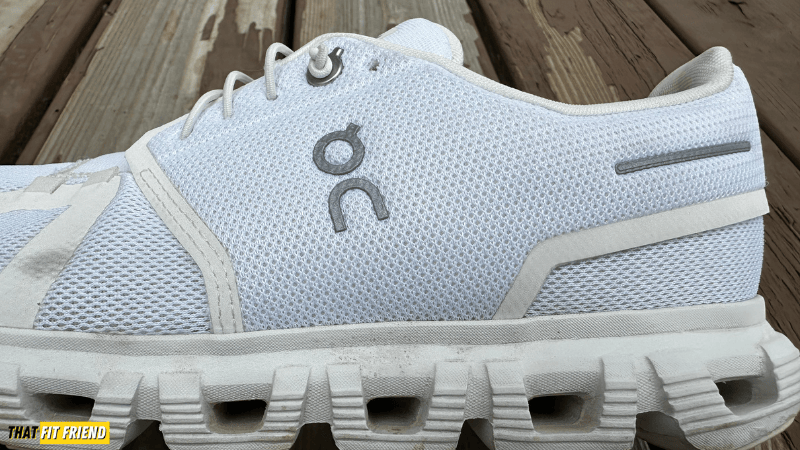
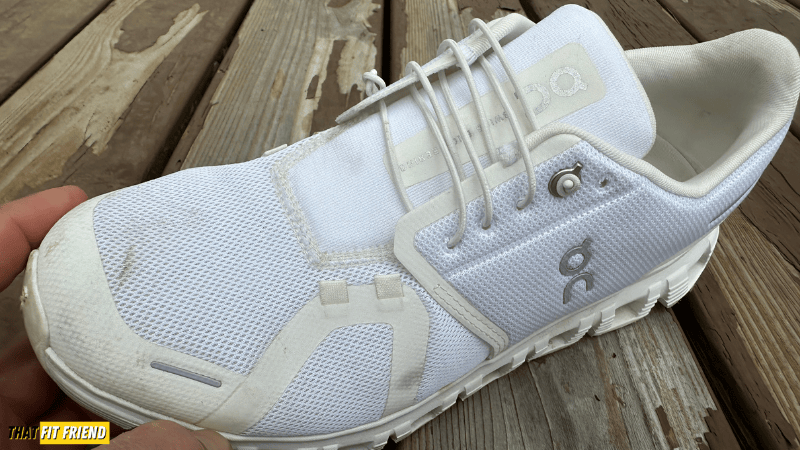
There are textile overlays around the toe box and midfoot. The midfoot has a thicker mesh and has a thicker feel to it. The heel has a bit of padding and a rigid counter to it to help maintain its structure.
The sides of the boot come up a little more in this model compared to the 5, so folks with lower malleoluses may notice a little rub during the break-in process. This should be a fairly rare case, though.
Final Remarks: Would I Buy Again?
Potentially.
I like the fit of these a lot better than the 5s, but they still have their issues. If you’re rotating shoes or want comfortable shoes for working in retail, nursing, etc., then I think these can make a lot of sense. They should last longer in these wear settings, too.
My issues with the 6 revolve around using it as a daily drive for surfaces like concrete or on surfaces where you can pick up rocks. The durability and annoyance of the latter are not my favorite. I also think the durability could STILL use a buff in these.
If you have additional questions on this review, drop a comment below or hit me up on Instagram!

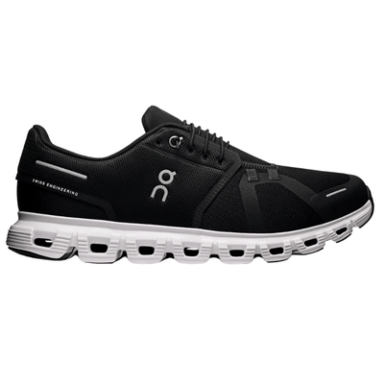

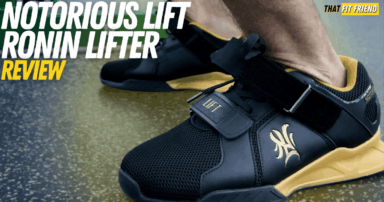



Add a Comment